The Ultimate Guide to Lightning Protection Systems: Safety, Design, and Installation
Lightning is one of nature’s most powerful and unpredictable forces. Every year, thousands of structures suffer damage due to lightning strikes, causing costly repairs and, in some cases, loss of life. A lightning protection system (LPS) is a critical investment to safeguard buildings and their occupants. This guide provides an in-depth overview of how LPS works, design and installation considerations, and the importance of regular maintenance.
Questions? Fill out the form below to contact us 24/7. We will get back to you within 24 hours.
How Lightning Protection Systems Work
Lightning protection systems are designed to provide a safe path for lightning’s electrical energy to reach the ground, thereby protecting the structure and its contents. Key components of an LPS include:
- Air Terminals (Lightning Rods): These are strategically placed metal rods that intercept lightning strikes before they reach the structure.
- Down Conductors: These cables connect the air terminals to the grounding system, directing the electrical current safely downward.
- Grounding System: A network of conductive materials buried in the ground that disperses the electrical energy safely into the earth.
- Surge Protection Devices (SPDs): Installed in electrical panels, these devices protect internal systems from voltage surges caused by lightning.
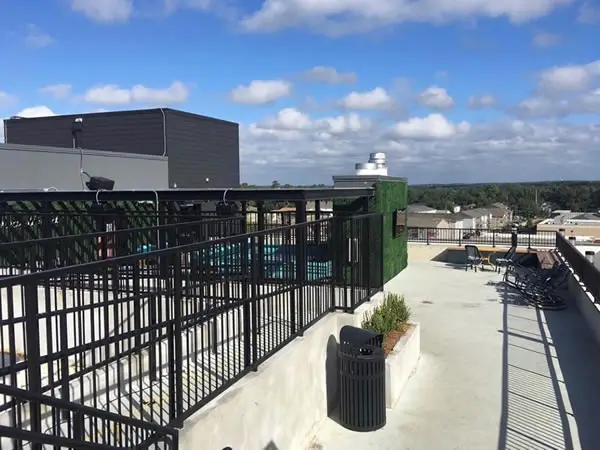
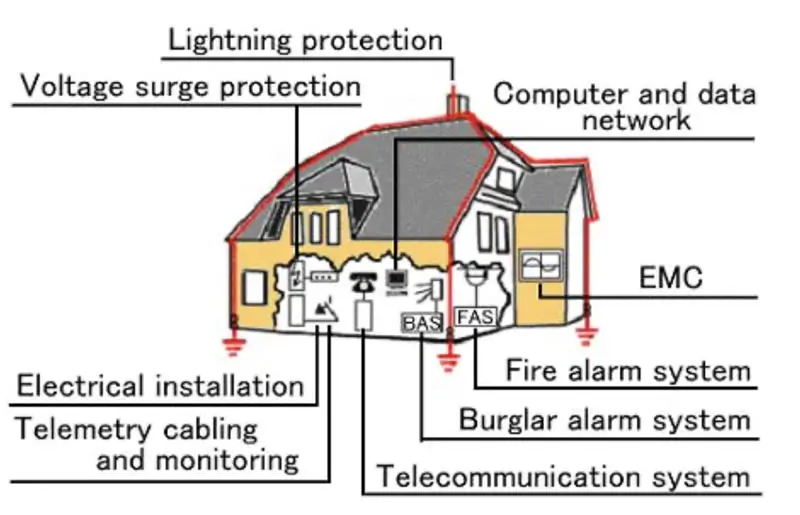
Design and Installation Best Practices
Proper design and installation are crucial to the effectiveness of an LPS. The following guidelines should be considered:
- Adherence to Standards: Follow established codes such as NFPA 780 (Standard for the Installation of Lightning Protection Systems) and IEC 62305 for international projects.
- Site Assessment: Evaluate the structure’s height, location, and surrounding landscape to determine lightning risk.
- Placement of Air Terminals: Ensure they cover all potential strike points, including roofs, chimneys, and antennas.
- Grounding: Use low-resistance grounding methods to effectively dissipate electrical energy. Multiple grounding rods may be required for large structures.
- Integration with Surge Protection: Protect electrical systems, appliances, and sensitive equipment from indirect lightning effects.
- Professional Installation: Hire certified installers with experience in lightning protection systems to ensure compliance with safety standards.
Maintenance and Inspection
To ensure the system’s long-term effectiveness, regular maintenance and inspection are essential:
- Annual Inspections: Check the system for corrosion, loose connections, or physical damage.
- Post-Storm Assessments: Inspect the system after severe weather events to identify any damage caused by lightning or debris.
- Testing Grounding Resistance: Periodically measure the grounding system’s resistance to ensure it meets required specifications.
- Record Keeping: Maintain a log of inspections and repairs for future reference.
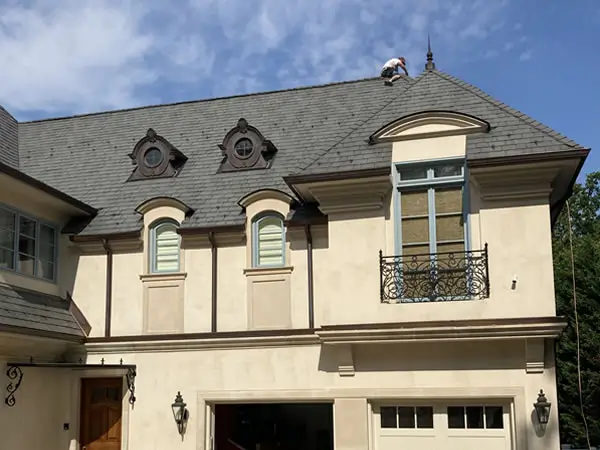
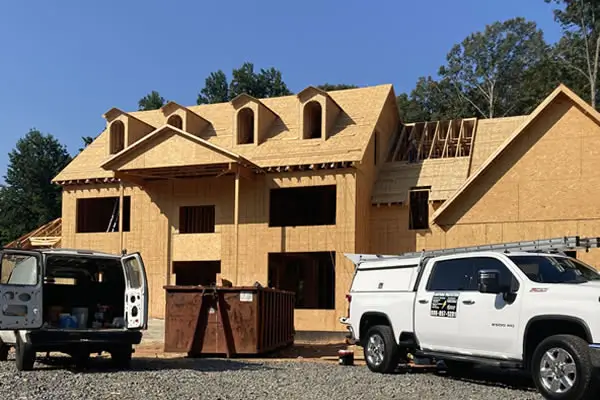
Innovations in Lightning Protection Technology
Advances in technology have enhanced the effectiveness and efficiency of lightning protection systems:
- Smart Lightning Protection Systems: These systems use sensors and real-time monitoring to detect and mitigate lightning threats proactively.
- Early Streamer Emission (ESE) Systems: Designed to attract lightning strikes earlier than traditional systems, providing a larger protection radius.
- Improved Materials: Use of corrosion-resistant materials and advanced alloys ensures durability and performance over time.
Real-Life Applications and Case Studies
Numerous structures around the world demonstrate the effectiveness of well-designed lightning protection systems:
- High-Rise Buildings: Skyscrapers often incorporate extensive LPS networks to mitigate their high risk of lightning strikes.
- Historic Landmarks: Preserving heritage sites with discreet yet effective LPS designs.
- Industrial Facilities: Protecting factories and plants where a single strike could lead to costly downtimes or hazardous situations.
Lessons learned from failures underscore the importance of proper installation and maintenance. For instance, a building with a poorly grounded system may suffer significant damage despite having air terminals.
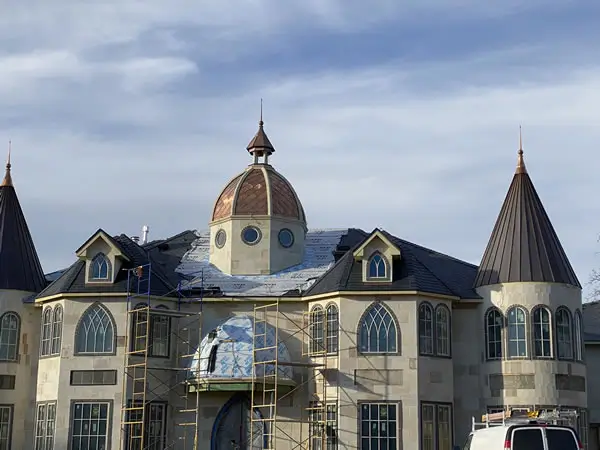
Conclusion
Investing in a lightning protection system provides invaluable peace of mind, safeguarding property, equipment, and lives. By understanding how these systems work, adhering to best practices during design and installation, and committing to regular maintenance, you can significantly reduce the risks associated with lightning strikes. When planning or upgrading an LPS, consult with qualified professionals to ensure the highest level of protection.
Final Checklist for Property Owners and Builders
- Conduct a lightning risk assessment.
- Follow industry standards and building codes.
- Ensure proper system design, including adequate grounding.
- Perform regular inspections and necessary maintenance.
Protect your structure today with a reliable lightning protection system to stay safe during nature’s most electrifying storms. Learn more about lightning protection solutions and contact certified professionals to get started!

